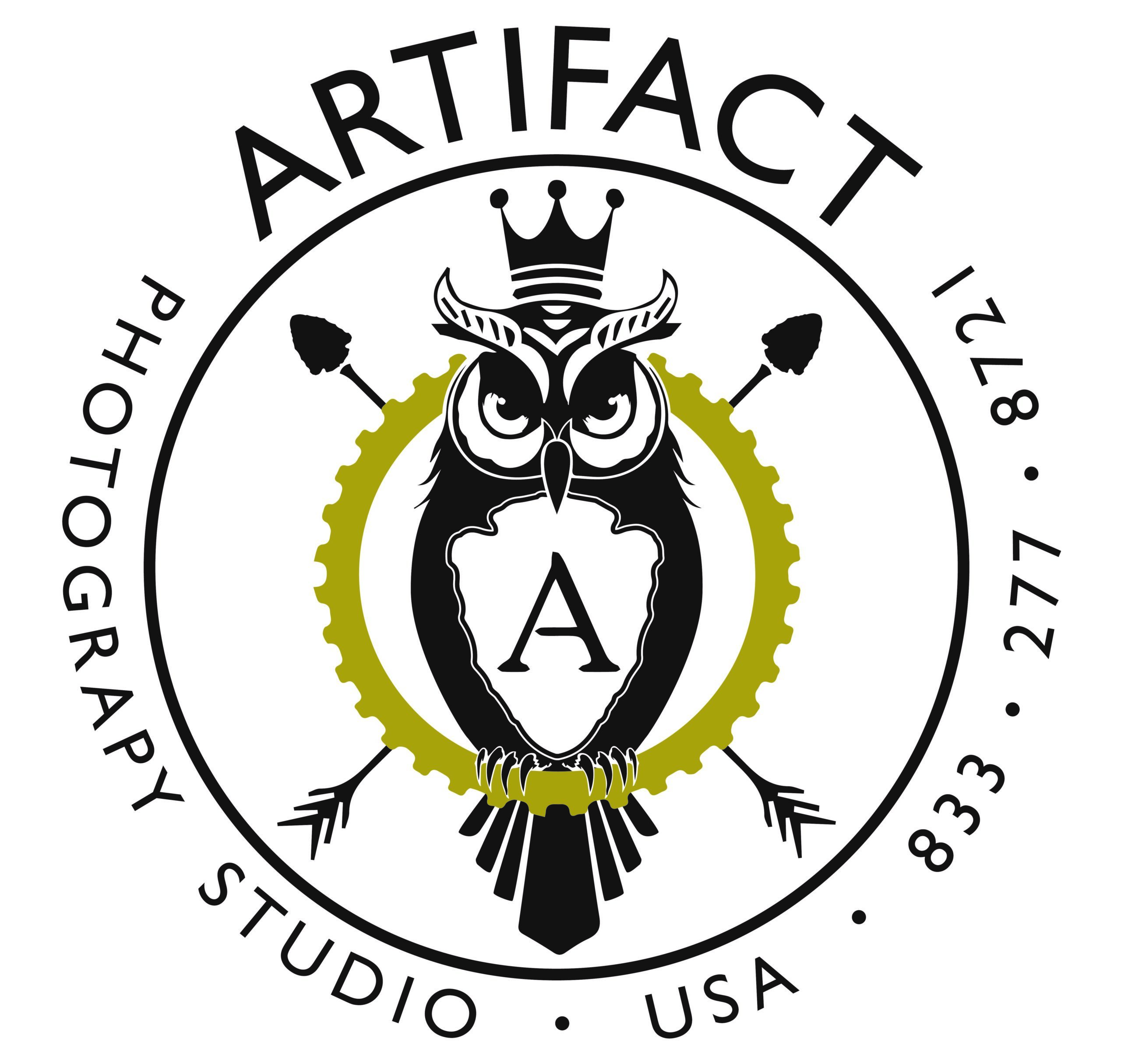Color is the place where our brain and the universe meet.
-Paul Klee

One of the first things I learned about painting backdrops is that a backdrop isn’t finished until it is photographed. As you can see in the picture below, the backdrop is actually quite lighter in tone than how it appears in the above portrait of Andrea.

With the backdrops that I started painting towards the end of the project, I changed my technique and began mixing paint colors in the tray. It might be difficult to see in the photos (below) but the paints are thinned quite a bit with water. I didn’t have a formula for thinning the primer and paints, but generally I was aiming for a consistency of very thin pancake batter. I wasn’t stingy with adding water. I guesstimate that the ratio was around 40% water to 60% paint.
With some of the backdrops I added texture by using sea sponges to dab on color. At other times I worked in about two foot squares using a large brush that I sacrificed for the job of pounding two or more colors of paint together on the canvas. On the vintage pink canvas I employed a heavy duty spray bottle to apply multiple colors of very thinned paint all over the canvas. On the large charcoal gray canvas I splattered paint invoking the spirit of abstract expressionist Jackson Pollock to create random texture.

I found that there is no wrong or right way to add texture. Just like there is no wrong or right way to take a photograph. At some point experience and instinct come together to create some magic. If you don’t like what you are creating, keep going, try new techniques and don’t stop until you are satisfied with the result.
My drawing 101 and 102 teacher at Saratoga Junior College in Northern California always said to not discard a drawing. She encouraged her students to work through dissatisfaction. Art, like life, is a series of decisions. Adjustments are made continually along the way as you learn and navigate the process. The great thing about painting is that if you don’t like what’s happening on the canvas, you can just let the layer dry and start afresh. Keep painting until you like what you see. Let the backdrop dry overnight and then photograph it the next morning. The camera will “see” the backdrop differently than your eyes do.

This backdrop has five colors, plus whatever colors they make when mixed together. When I thought that I perhaps went too far with too many colors the last thing I would do is create a light wash of the primary color. With a light hand I’d roll the paint (that was thinned a lot with water – perhaps 50%) over the entire canvas using the texture roller. I coined this step a “unifying wash” because that’s what it did. The primary color became a glaze on top of the backdrop and married all the colors.
Towards the end of the project I started adding leftover colors from some of the drops to the new drops I was painting. I felt that perhaps adding a bit of those colors would make a cohesive collection. Even if the effect is subtle I like the idea of complementary colors across the studio’s collection of backdrops.

Interested in learning more about what the studio has to offer? Click on the following links to jump to the studio’s portfolio of images, and download a digital copy of the studio’s Magazine and Style Guide to learn how to prepare for your photoshoot:
